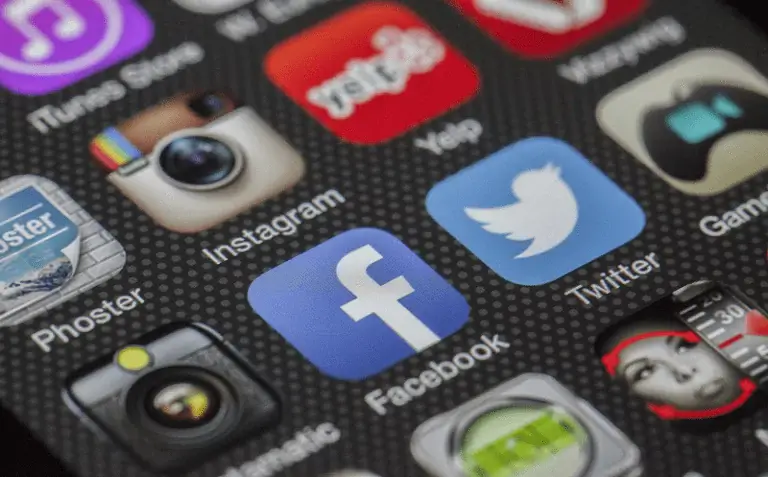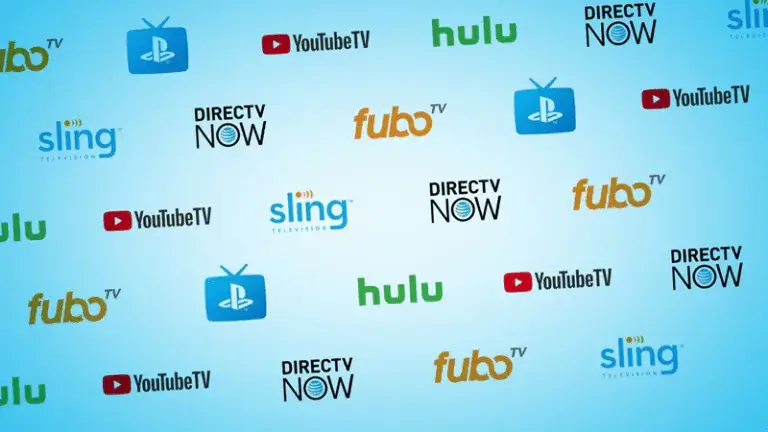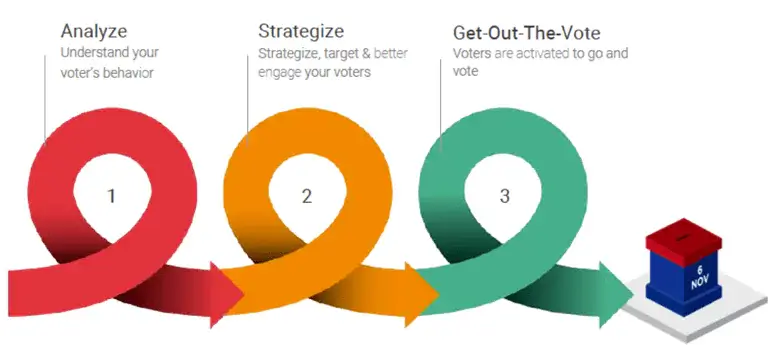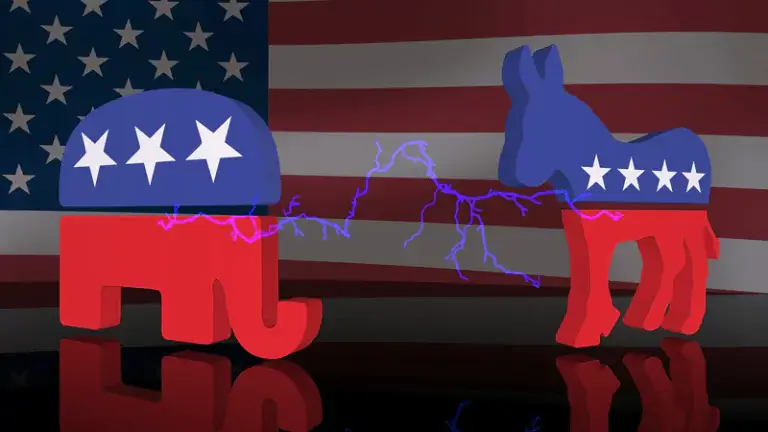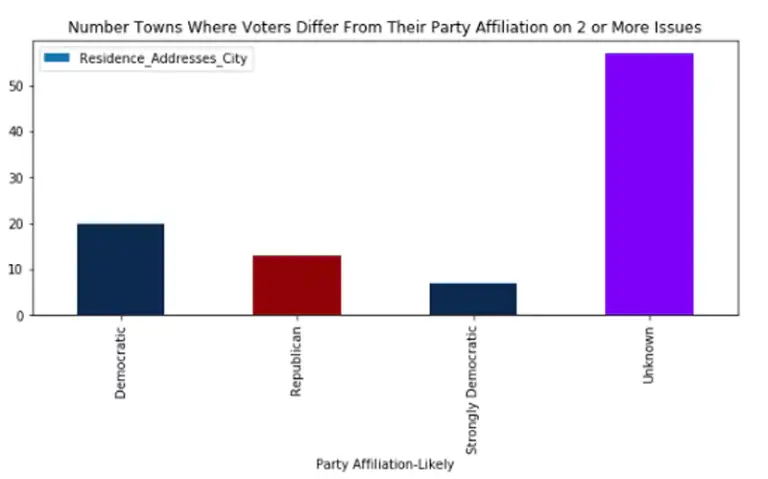Why Bots Helping Get Out the Vote is Okey
BY IQM EDITORS
Campaigns are Scrambling For Any Way to Reach Voters–Period. More Tech Could be the Solution.
During this year’s midterm election cycle, chances are you’ve received texts from a political campaign. Political campaigns and parties told NBC News they’re sending many more texts this year than in past elections as they search for alternatives to social media.
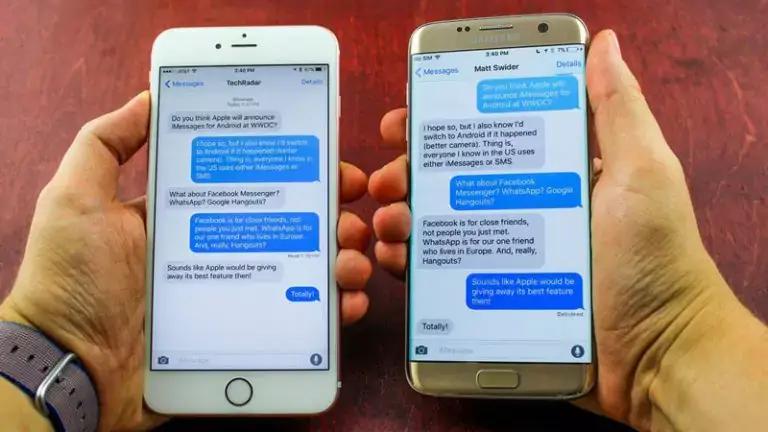
Eric Wilson, a Republican digital strategist and founder of Learn Test Optimize, a newsletter about political marketing, told the New York Times in August, “There’s so much competition in the inbox, we’re looking for other channels. For now, that’s text messaging.”
Wilson and a group of political consultants agreed that social media platforms like Facebook and Twitter were becoming crowded. Text messages, which are less invasive than phone calls, were a promising alternative, with response rates eight times higher than that of email, according to a study from RetailDive.
The use of mobile device texts or short service messages (SMS) in national political campaigns is nothing new. Politically motivated SMS first gained predominance in 2008 when candidate Barack Obama used mass text messages to announce Senator Joe Biden was his choice for running mate. Now, campaigns can send simple peer-to-peer texts asking for volunteers or if they prefer, emojis with calls to action.
Is Robo-Texting Out of Bounds?
Marla Horner, a resident of Dallas, TX, received a text from a volunteer of the Beto O’Rourke campaign for U.S. Senate. Horner told the Times that she felt the text was a “real invasion,” since she had never volunteered for his campaign, given him money or agreed to be contacted by his volunteers.” But she got the message anyway. Sending out bulk automated texts have been heavily regulated by the Federal Communications Commission for years.
The actual FCC regulation is: “FCC rules ban text messages sent to a mobile phone using an autodialer (which most commercial spam uses) unless you previously gave consent to receive the message or the message is sent for emergency purposes.” Users are required to opt-in to receive automated calls or texts, and organizations can be fined for sending unsolicited messages.
The O’Rourke campaign claims their actions are legal, because of their use of clickbanks to deliver messages. Clickbanks are services that collect a database of contact information and enables the user to send pre-written mass-messages via texts, calls or emails. The solution still needs a human user to click send for each message. Because the process isn’t 100% automated–clickbanks are legal. But political consultants should anticipate that as their use becomes more common. Both the courts and election officials will be asked to scrutinize them much more closely.
While the jury is still out on how many unregistered voters of Samantha Bee’s game app users have registered to vote since the app’s launch, the creation of a game has acknowledged that voters are increasingly more active gamers and marketers are seeking creative ways to get voters more invested in national and local politics.
Here Comes the Judge
In response to O’Rourke’s texts, Texan resident, Sameer Syed, filed a class-action lawsuit against the campaign for sending solicitous text messages without obtaining permission from citizens receiving them. Furthermore, Syed claims the calls indicated that they came from an automated phone system.

O’Rourke’s campaign told the Fort-Worth Star-Telegram that all their grassroots volunteering efforts (canvassing, phone banking, texting,) are fully compliant with the law. But court decisions about “autodialers” vary. The U.S. 9th Circuit Court of Appeals ruled that any device that stores telephone numbers to be called is an autodialer — regardless of whether the numbers are generated by a random or sequential process. The 3rd Circuit of Appeals disagreed and in a separate ruling concluded that texting systems are only autodialers if they are capable of both generating and calling random (or sequential) numbers.
The jury per se is still out.
Technology and AI Are Tools, Not Solutions
In any election cycle, the key to victory is reaching the largest audience possible and convincing voters to cast a ballot in your favor. Political campaigns have learned that if successfully mobilized, younger voters could swing an election. But the traditional tactics that used to get out the vote don’t work with millennials or Generation Z. They aren’t homeowners, they don’t read mainstream media, and typically don’t attend community-based public gatherings. But they do text. Younger voters chat–even more than they read their Facebook newsfeed or respond to emails.
If the dwindling influence of social media has taught us anything, it’s that texting’s effectiveness will be temporary. Texting does provide quicker response times and is a simple way to keep voters engaged through Election Day, but as the lawsuits have shown–could feel intrusive. Campaigns need to be nimble.
Political campaigns need to utilize all the online and offline outreach sources available to get their messages out. It should include, texting, social media posting, canvassing with print materials and online display ads. Those display ads could appear on the most heavily read websites of your target audiences, but also in alternative sources, like podcasts, apps, and OTT services. The use of microtargeting to reach specific groups of voters boosts their performance. Political campaigns ultimately want the most accurate picture of their electorate possible. It helps them develop political platforms and policies most tailored to the local community.
The more online networks we use, the stronger our digital footprints, which in turn improves our data-powered consumer/voter profiles. Should tech be regulated–naturally, but it could be the only way large numbers of Americans mobilize under a common cause.
